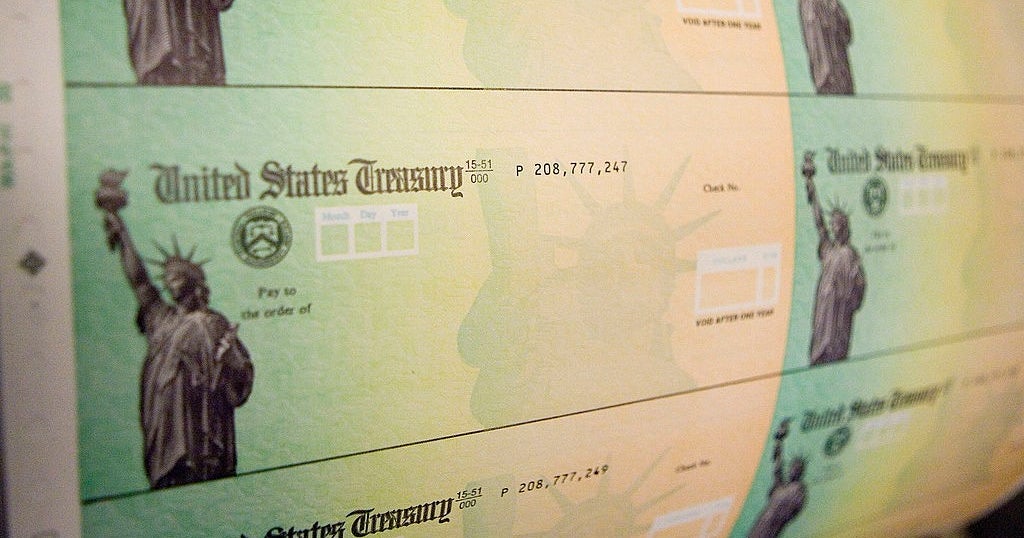"ManhattAnts" are taking over New York City. Researchers have finally identified the invasive insects.
The invasive "ManhattAnt" has been infiltrating New York City since 2011, worrying scientists – who have finally figured out what species the larger-than-average, black-and-red ant is. Since the giant ant showed up in the heart of New York City, its population has started to spread and, like other pests, it could cause ecological harm.
There is no record of the ManhattaAnt in the 2009 survey of New York City ants, and when the insect was first observed, it had a relatively small population, mainly sticking to parks. But now, it is one of the most common ants in the area and each year its population has expanded about 1.2 miles – taking this species across the Hudson River to New Jersey.
While the concrete jungle might not seem like the optimal breeding ground for invasive species, several have thrived in the city, including the Asian long-horned beetle.
A research team led by Clint Penick of Auburn University says many invasive species aren't discovered until they reach "pest status" and it is often difficult to identify them and try to prevent their spread.
Using DNA testing and observations of the ants, they determined they are part of the Lasiu emarginatus species from Europe.
The researchers found the ManhattAnts where you might expect them – in trees. But they also observed them on a sixth-floor balcony and inside buildings.
"One colony of L. emarginatus was even found nesting in a small flower planter in the middle of Times Square far away from street trees or large ornamental plants that would typically serve as nesting habitat," the study published in May in Biological Invasions reads. "Often, the only visual non-humans in Times Square are humans dressed as Disney animals and yet, hidden in this flower pot was a whole society of animal beings."
ManhattaAnts are not a supercolony, which are large groups of ants that expand and dominate habitats, often displacing other ant species. They have, however, quickly expanded their population and could have negative impacts on other ants and trees.
They have adapted their diet in their urban environment, feeding off other tree pests' honeydew – a sticky substance excreted when insects eat. This species often does well on smooth surfaces, so the concrete of the city is no problem. They also forage day and night — even when it rains, if tree bark stays dry.
The impact of the ManhattAnt on the ecosystem is not yet known, but they could be serious pests, the researchers say. Many people have reported the ants in their homes, and in 2022, local hardware stores reported selling out of ant bait when these bugs began to emerge inside New York City apartments.
And the researchers observed the ManhattAnts dismembering other ants on pavement, which means they could have a negative impact on local insects.
The fact that they live off of the honeydew of other insects could have an impact on tree health.
With 7 million trees in New York City that remove 51,000 tons of carbon and 1,100 tons of air pollution per year, tree pests are a big concern, the researchers say. The trees in New York City reduce residential energy costs by $17.1 million a year, and to replace the trees in the city, it would cost an estimated $5.2 billion.
Because the species was detected relatively shortly after it arrived in New York, the researchers hope they can assess their possible impacts on the environment. They will continue to research the pest and are asking people to report observations of the species on iNaturalist, which collects photos and data on species from the community.






